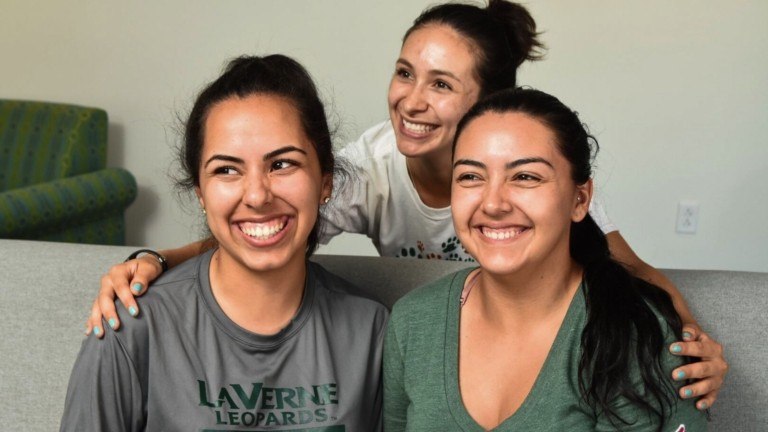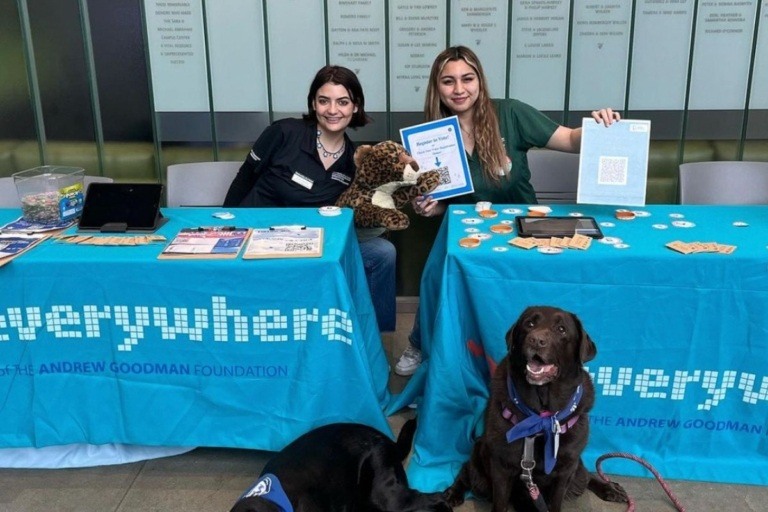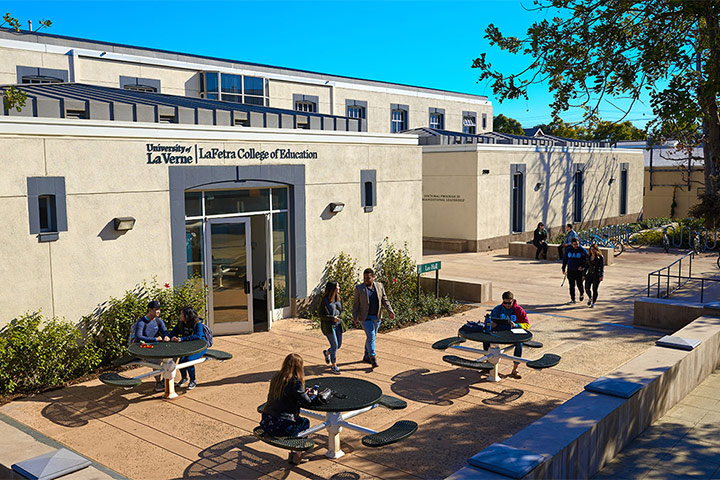Faculty Profile: Professor Ashley Lipson
La Verne Law faculty work extraordinarily hard on their scholarship, which enhances their knowledge and visibility as experts in their field, and fosters innate teaching pedagogy that enriches student learning. Writing an entire book can be a daunting task, but not for Professor Ashley Lipson. Writing books and creating online tutorial programs is commonplace for him.
Long before he joined La Verne Law’s full-time faculty in 2000, Lipson had been setting his mark in the fields of evidence and civil procedure. He is the author of nine books and more than 70 published articles. He is also author/creator/programmer of the Objection! computer simulation series, which is the first set of computer games to receive CLE Certification. The latest versions are used by many law schools, governmental agencies, and judges throughout the world. They include: Classic (original) Objection!, Civil Objection! – AutoNeg, Civil Objection! – Slip/Fall, and Expert Witness! And SivPro. These are all unique tutorials, designed to aid law students by translating abstract concepts into concrete objects.
With so many books to his name, Lipson is one of the most prolific scholars at La Verne Law. In addition to contributing to the U.S. Department of Justice Trial Handbook, his books include:
- Documentary Evidence (Matthew Bender & Co., Times Mirror Books, 1986-Current). This is a lengthy, annually supplemented treatise intended to serve as a detailed, comprehensive reference to help practitioners accumulate, assemble, store, and determine the admissibility requirements for documentary evidence.
- Demonstrative Evidence (Matthew Bender & Co., Times Mirror Books, 1988-Current). Intended to serve as the single most comprehensive volume on the subject of Demonstrative Evidence, the treatise contains extensive annotations; it also presents sample authentication procedures, testimony, illustrations, charts, diagrams, checklists and practical information with respect to the acquisition, transportation, admissibility and use of Demonstrative Evidence. In addition, the text contains evidentiary arguments and counter-arguments to assist both proponents and opponents.
- Law Office Automation (Prentice Hall, Inc., 1989; Prentice Hall, Business & Professional Division). The book contains a unique scheme for organizing, cataloguing, computerizing and creating law office pleadings, files, forms and documents. The book presents detailed descriptions of the Direct Reference Form Filing System and the Lawyer’s Comprehensive Computer Document System.
- Rules of Evidence – For Witness Testimony (TransMedia Productions, Inc., 1992). After providing some basic foundations and principles for the taking of testimony, the book provides details and annotations with respect to the most common objections encountered in a courtroom setting. The book presented, for the first time, the concept of standardized objections designated as “The Big Twelve.”
- Comprehensive Evidence (TransMedia Productions, Inc., 1994). This book presents a new basis for analyzing the manner in which Evidence might be taught in law schools and used in court. The book divides the Universe of Evidence into four components: Testimonial, Documentary, Real, and Demonstrative.
- Is It Admissible? (James Publishing, Inc., 1998). A best seller, this treatise presents a new comprehensive approach for locating fast answers to evidentiary problems.
- Guerrilla Discovery (James Publishing Company, 2003). Also a best-seller. With rules, cases, forms, and discussions covering both federal and state procedures, the book has been designed as the most comprehensive single volume on the subject of Discovery.
- Video Game Law (Carolina Academic Press, April 2015). This is a re-titled second edition casebook, formerly known as Computer and Video Game Law. Co-authored with Professor Robert Brain, it is the first casebook dealing with the rapidly expanding video game industry.
- Courtroom Use and Misuse of Mathematics, Physics and Finance (Carolina Academic Press, 2013). This is a revised second edition of Mathematics, Physics and Finance For Lawyers. The title of this combination casebook-textbook is somewhat self-explanatory. In addition to providing instruction, however, it is designed to extinguish a prevailing law school myth regarding the lack of need for lawyers to understand and handle numbers.
In addition to his outstanding scholarship, Lipson loves the classroom environment. He challenges himself by volunteering to teach any course for which a professor is needed. When asked why he likes teaching, he acknowledged the value of “diversity at La Verne – a wide range of differences in age, ethnicity, aptitude and background among the student population makes teaching interesting and enjoyable.”
Whenever asked to comment about one of the most unique experiences that he has had at La Verne Law, Lipson often speaks of his lengthy commute from Beverly Hills. “Due to simultaneous chases, hostage-takings, engulfments, and fallen mattresses on the 210 and 60, I once made it to school (on the 10 freeway) in less than 60 minutes,” Lipson said. “They say my record will clear up 18 months after traffic school.”
Lipson brings practical experience to the classroom. He worked as a litigator and transactional attorney since 1970, and continues to do pro bono work. His experience and areas of practice include a broad range of subject matter, both civil and criminal: Entertainment Law (Films, Clearance, Music Licensing, Computer Games, Software), Tax, Probate, Commercial Instruments, ERISA (Pension and Profit Sharing Plans), Real Estate, Labor Law, Contracts, and General Practice.
Prior to moving to California in 1997, Lipson was the Managing Partner of Coleman, Lipson and Bradford, P.C., a general practice firm in Farmington Hills, Mich., for 26 years.


